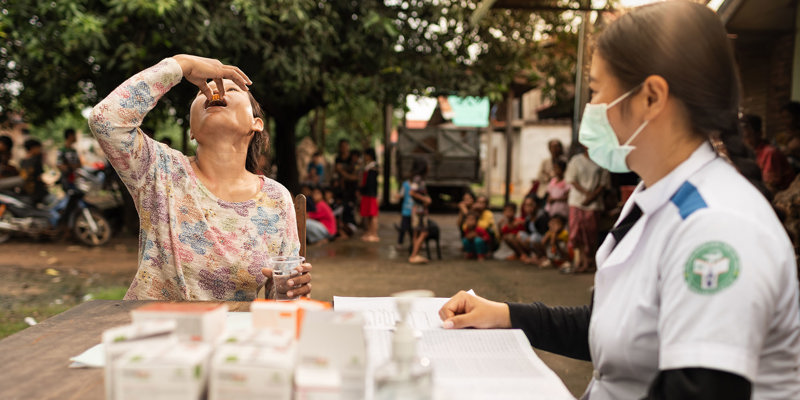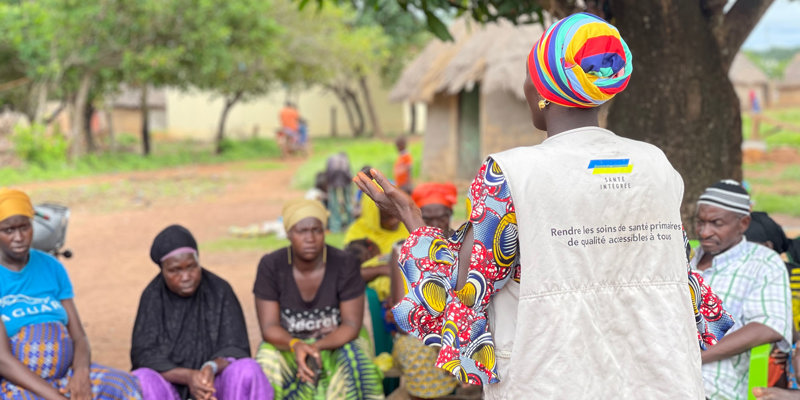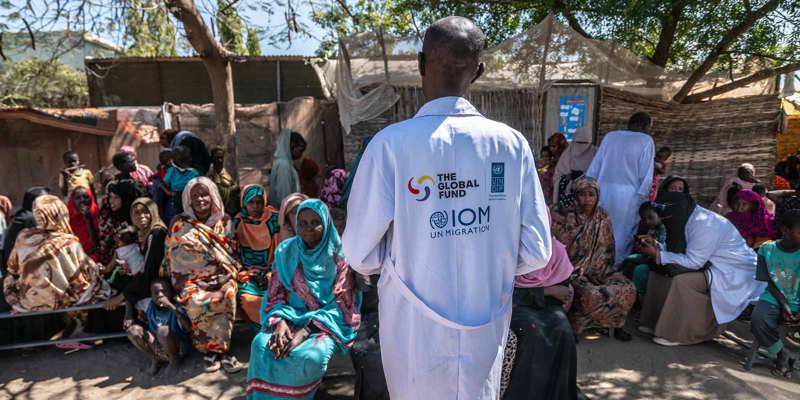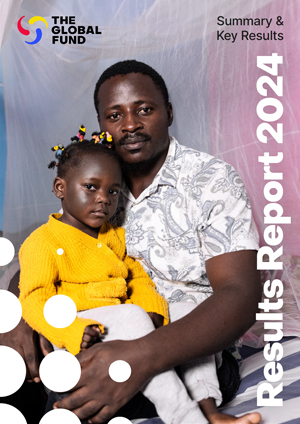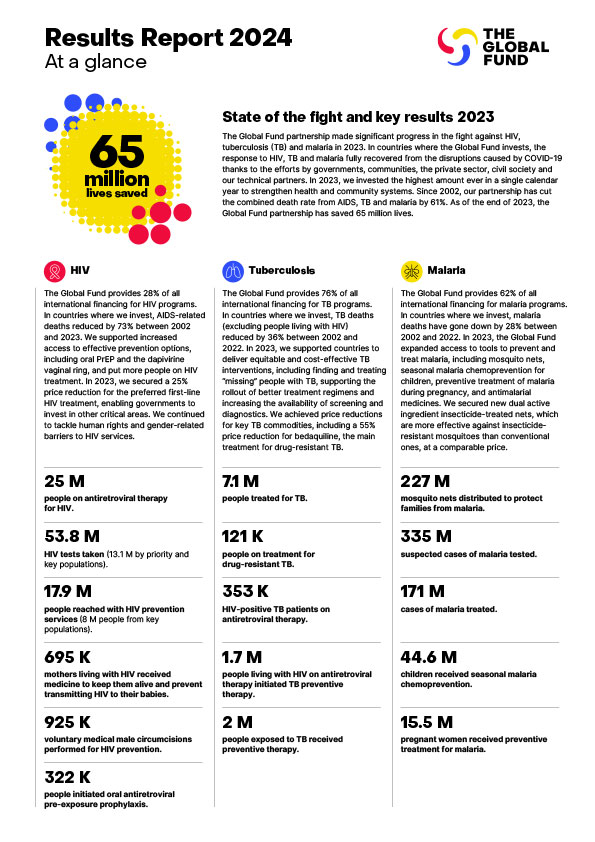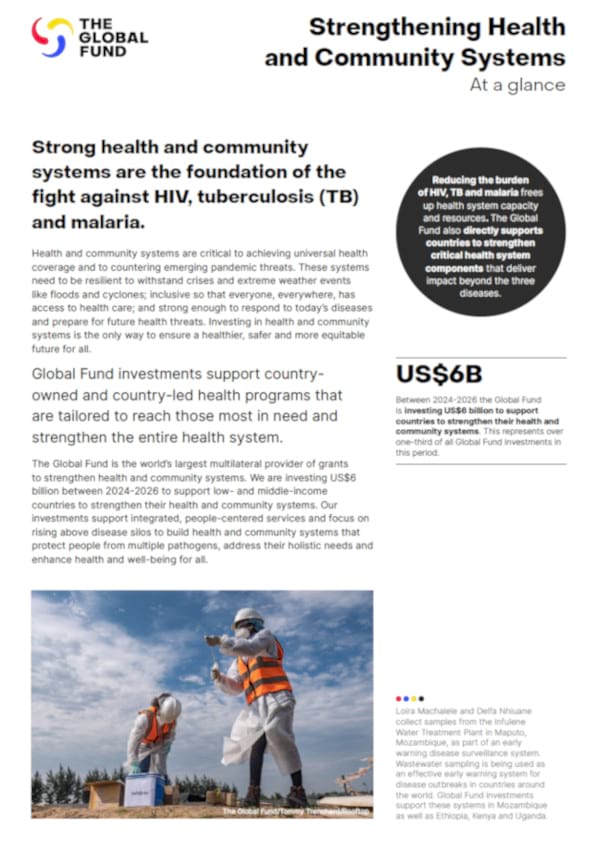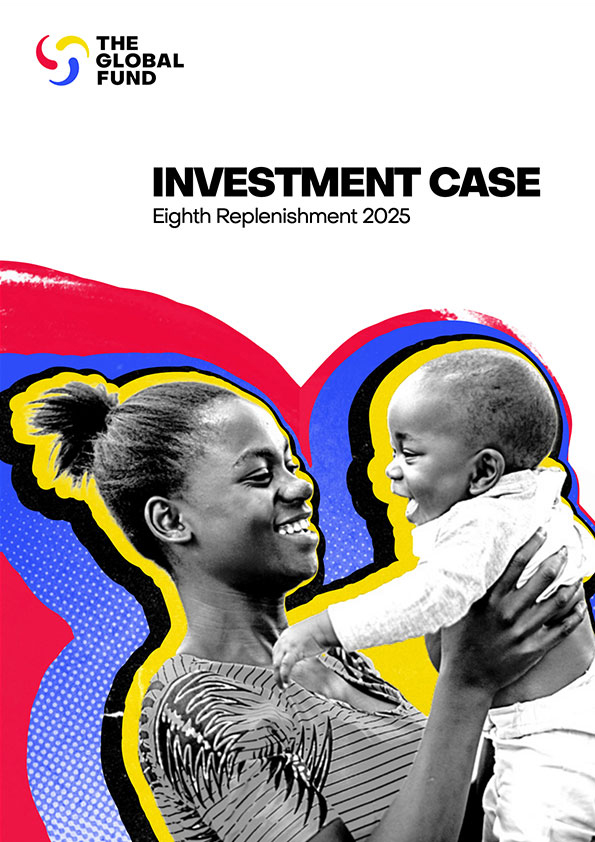Measuring and Reporting Results
25 January 2019
Smart, effective health investments through the Global Fund partnership have saved more than 27 million lives, and that remarkable success against the world’s deadliest infectious diseases could only be achieved by the collaborative efforts of many partners. We welcome all discussion and ideas on how best to measure and report the results of interventions in global health. Given the imperative to optimize impact from constrained resources – whether domestic or external – it is vital that we measure and communicate what’s working and what isn’t. Donors and domestic taxpayers want to know their money is being used to maximum effect. Implementers and technical partners need to know what to expand and what to modify.
Extensive Consultations
The Global Fund Board has discussed this topic in depth and on numerous occasions, holding extensive consultations with partners including WHO, UNAIDS, Stop TB and RBM Partnership to End Malaria, and drawing on academic experts at leading institutions. The Board has explored and debated the methodological issues, the relative merits of focusing on the impact of programs funded specifically by the Global Fund rather than overall national results, and the limitations of current data in terms of quality and timeliness.
Widely Accepted Data Sources
In the methodology for measuring impact, our position is clear. The Global Fund does not create its own disease burden and impact estimates, but uses official estimates derived from models developed and published by technical partners, such as WHO and UNAIDS. These well-established and readily accessible methodologies have been developed in consultation with countries, use state-of-the-art modelling techniques and draw on widely accepted data sources, such as routine surveillance, population-based surveys and vital registration systems. But every measure of impact can be improved, and we will continue to incorporate new advances.
Importance of National Results
On the balance between focusing on the specific impact of programs funded by the Global Fund versus overall national results, the Board has concluded that while both are important, the primary focus of our results reporting should be on national results. This reflects the Global Fund’s mandate. While we want to ensure that our specific interventions deliver the desired impact, our overarching goal is to accelerate countries’ progress towards ending the epidemics of AIDS, TB and malaria and in building stronger health systems to deliver the SDG3 objective of health and wellbeing for all. For the Global Fund, what matters most is that the aggregate impact of all funding, whether provided by us, other external assistance or from domestic sources delivers these goals. We don’t want to celebrate the results from an individual project when a country’s overall health strategy is off-track. Doing so would create incentives to cherry-pick, and that would undermine collaboration and miss the bigger picture. Nor do we want to be indulging in overly contrived attribution analysis, when so much of our programming is by design tightly integrated with components funded by governments or other partners. For example, consider a national HIV treatment program where the Global Fund procures the antiretrovirals and supports community outreach, PEPFAR funds clinical delivery and laboratory testing, and the government finances the supply chain and underlying infrastructure. What ultimately matters is whether the program as a whole is saving lives. Trying to attribute shares of lives saved to the different components adds little value.
External Evaluation
While our primary focus is on tracking countries’ progress toward ending the epidemics and delivering SDG3, we complement this with rigorous regular reporting on grant and portfolio performance, plus independent external evaluation by the Technical Evaluation Reference Group. Such focused analyses, including thematic reviews of different types of interventions, and deep-dives on country reviews, enables continuous improvement in program design and implementation.
Transparency
This balanced approach enables the Global Fund to keep a primary focus on whether the partnership as a whole – including other multilateral and bilateral partners and domestic governments – is maximizing impact, and on our role as a catalyst, while also ensuring that we understand and learn from the specific interventions we fund. Our rationale and underlying methodology for our results reporting is explained on our website.
Investing in Better Data
In global health, there are many limitations of data quality and timeliness, and we urgently need better, more frequent data. Alongside partners, we invest significantly in health management information systems, national health accounts, disease surveillance systems, and disease burden surveys. There is no doubt that more granular, more consistent, and more rapidly available data will help us target interventions more effectively, and respond to epidemiological changes more swiftly. Working closely with partners, the Global Fund is at the forefront of efforts to achieve such changes.
To end the epidemics of AIDS, TB and malaria and to accelerate progress towards SDG 3, we need more innovation, intensified collaboration and more rigorous execution, as well as more money. We need to hold the Global Fund partnership as whole accountable for delivering, at a global level, against the strategic targets agreed by the Board and at a country level, for delivering the targets embedded in national health plans. And we also need to be gathering and analyzing data from all the programs to enable us to be continually improving the impact of every dollar invested. Better data, continuous improvement in analytical tools, and a rapid feedback loop from results to refinements, are all critical to our collective success. Above all, we must keep focused on whether together we are making enough of a difference for those affected by the diseases, saving lives, cutting infections, building stronger systems for health.
